Used since the greek times to relieve arthritis pain, bee venom therapy (sometimes referred to as Apitherapy) has gone viral in the Lyme Disease and autoimmune communities for it’s therapeutic and healing properties. I recently met with Dr. Matt Solbrig, a naturopath and bee venom therapy expert and was fortunate enough to sit in on a treatment. Below, Dr. Solbrig answers my questions on how bee venom therapy works, the therapeutic properties of the venom and what to expect during a treatment.
What is bee venom therapy, and how does it work?
Dr. Solbrig: Anything that’s from the bee is called apitherapy – propolis, pollen, lighting bees wax candles, technically, that’s all a part of the definition. But when you hear apitherapy in the lyme world they’re referring to bee venom therapy.
Bees created venom to induce a pain response in our body. Why? so we run away from the hive. It so happens that our pain response is vital in how our immune system works.
Healing is about guiding the blood where it needs to go. Bee venom therapy promotes healing by getting blood out of capillaries into scars and other tissue (or wherever we choose to sting) that needs healing. Bee venom therapy gives specific areas of the body an opportunity to heal.
What is Hoshindo?
Dr. Solbrig: I practice Hoshindo, a Japanese practice governed by the principle of acupuncture. Instead of needles, we use bee stingers to tap different areas of the body. My sensei learned this technique almost 20 years ago in Japan. It was the dream of her sensei to bring this ancient wisdom out west. She trained myself and a few other people in our country. You go live with her in New Mexico, follow her around, and get in lots of practice with the bees.
Handling the bees is one thing we had to practice. In most bee venom therapy practices, they use forceps to handle them. While with Hoshindo, we handle bees with our hands and manually extract the stinger. Another unique tradition of Hoshindo is prayer. We honor the bee, and during the treatment we’re taking on the karmic debt, not the patient.
What healing properties are found in bee venom?
Dr. Solbrig: Bee Venom is one of nature’s most powerful anti-inflammatories. The properties in the venom are the keys which seem to help unlock a compromised immune system. Bee venom contains numerous pharmacoactive properties – Apamin, Melittin, Mast Cell Degranulating Peptides, anti-cancer propertie, Hyaluronidase, Dopamine – a lot of constituents like honey. We can’t create it. A lot of the venom properties help break down scar tissue, are anti-inflammatory, anti-cancer, a lot of things.
Are there specific bees used for the treatment?
Dr. Solbrig: In Hoshindo, and other bee venom therapy practices, we only use the honey bee. We don’t ever use wasps in our treatment – it has to be honey bee. We believe bee venom to be extremely safe for most, wasp venom therapy can be extremely toxic.
Every morning I go out to my hive and pick out my bees one by one. We also take guard bees – they’re the first ones out and defend the hive. They’re typically on their last leg, so to speak. They have tethered wings, typically older and willing to give their lives to the greater good.
What can someone expect during a treatment?
Dr. Solbrig: With bee venom, there’s cautions to take. Whenever I do bee venom, I typically do a test tap (like an allergy shot) on both sides of the navel. I wait a few minutes to see if there’s a reaction.
After a tapping or sting, theres an initial inflammatory response, then anti-inflammatory response after. A little blotchy redness and swelling is typical. Pain will typically climax between 30 seconds and 2 minutes.
What are the specific areas of treatment?
Dr. Solbrig: In Hoshindo, you can treat the meridians, you can treat an organ system, you can treat the scalp, face (very healing for the skin), on the back and scar tissue throughout the body. When using it in your holistic practice, but you can use it to treat symptoms, like we do with neural therapy, such as headaches.
How many treatments do patients receive before seeing results?
Dr. Solbrig: In the beginning, I’ll typically use five bees in a session. Maybe after a session or two, we do full bee sting. The way I practice, with Hoshindo, its best to do a treatment twice a week or more in the beginning. For chronic illness, you work up [treatments] slowly. Too many full be stings can actually make you crash.
Dr. Matt Solbring, ND is a natropath and Hoshindo practitioner based in Seattle, WA. Dr. Solbrig studied at the School of Naturopathic Medicine at Bastyr University, graduating in 2016 as a Doctor of Naturopathic Medicine, and previously earned a Bachelor of science in Nutrition from SDSU. He has studied eastern approaches through learning Hoshindo, a Japanese meridian Apitherapy technique based on five element acupuncture, as well as various forms of energetic and physical medicine through seeking training in qi gong, shamanism, craniosacral, and reiki.
This article is NOT meant to be taken as medical advice. Please talk to an appropriately trained healthcare provider before starting a bee venom therapy practice.
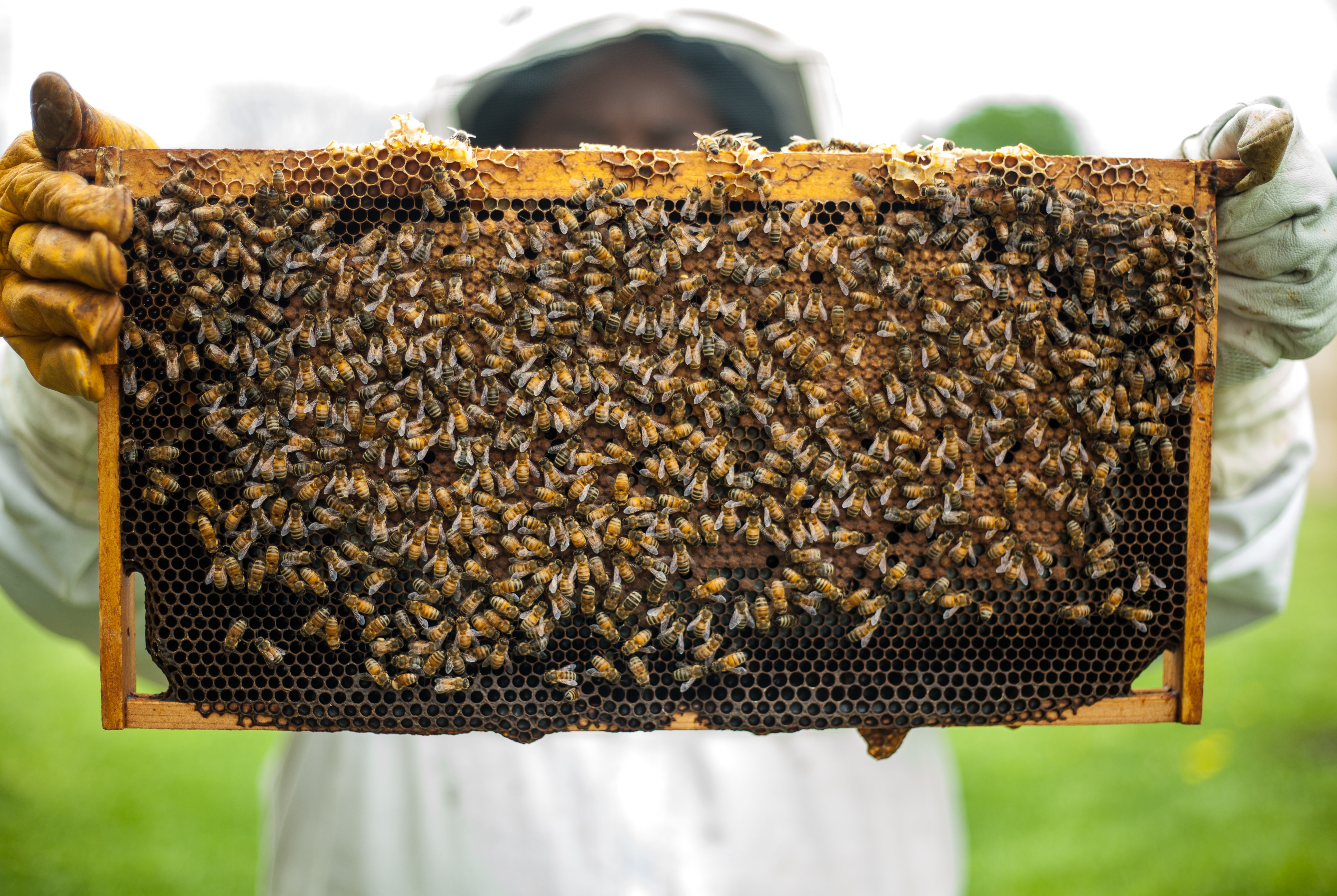
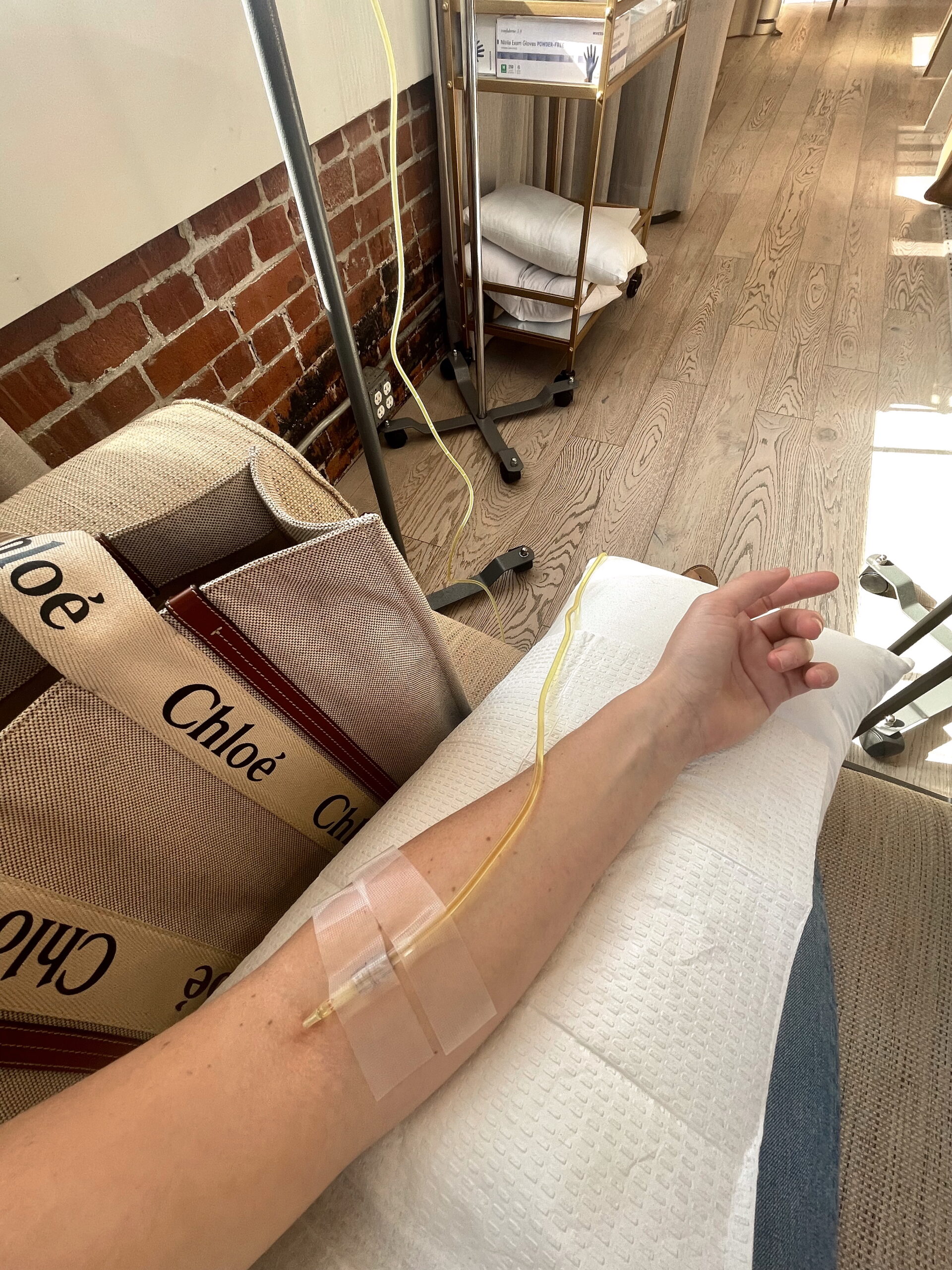
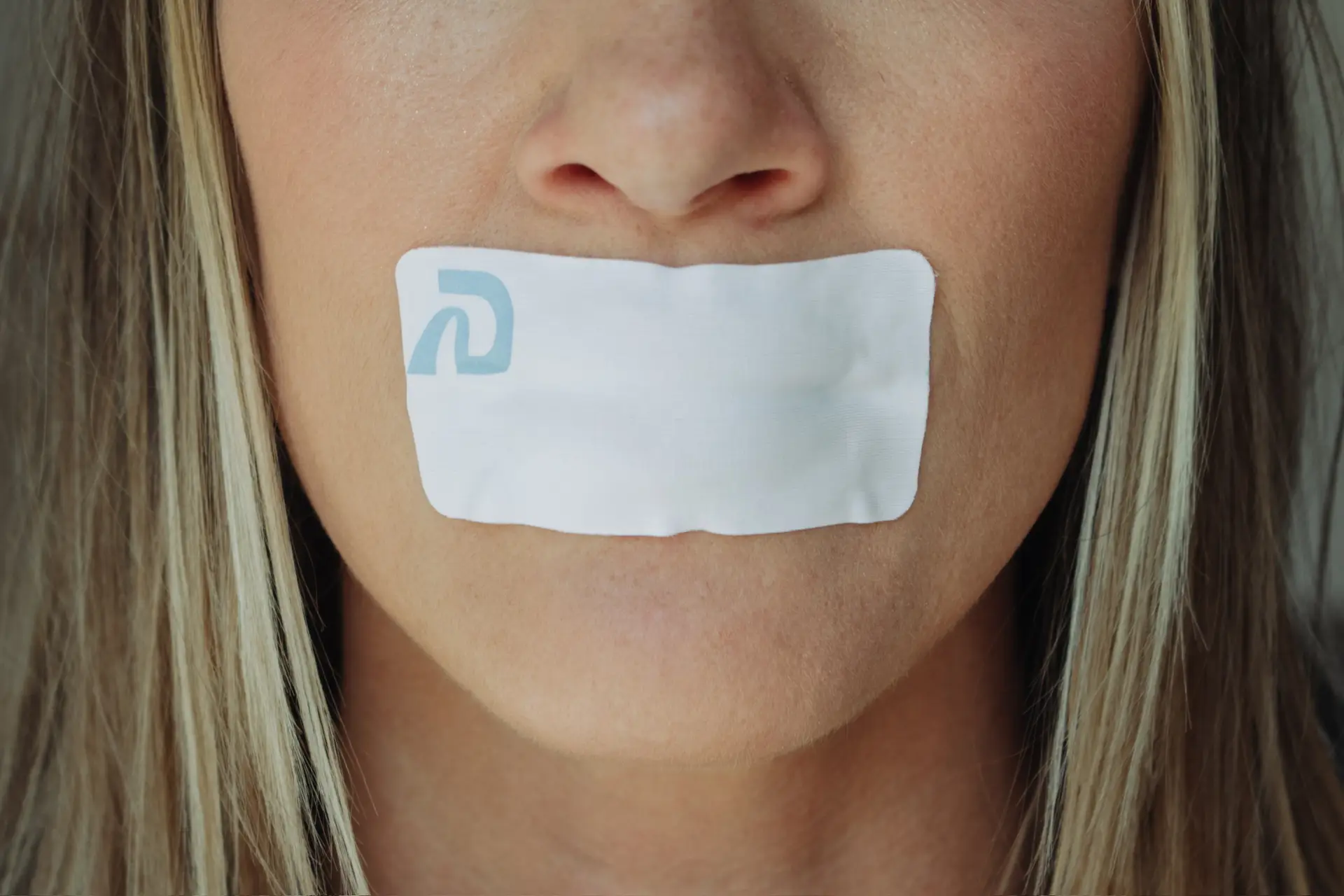
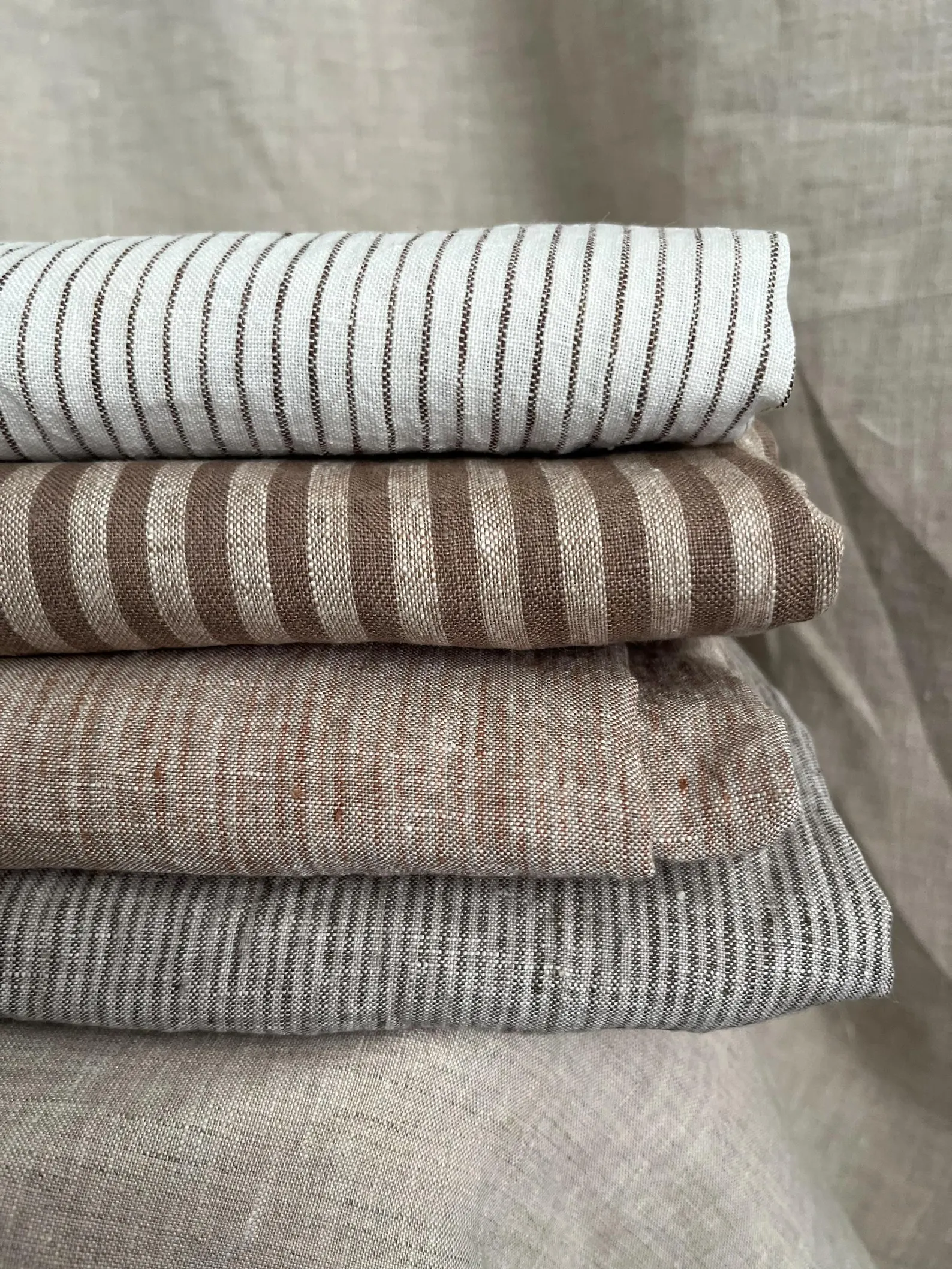
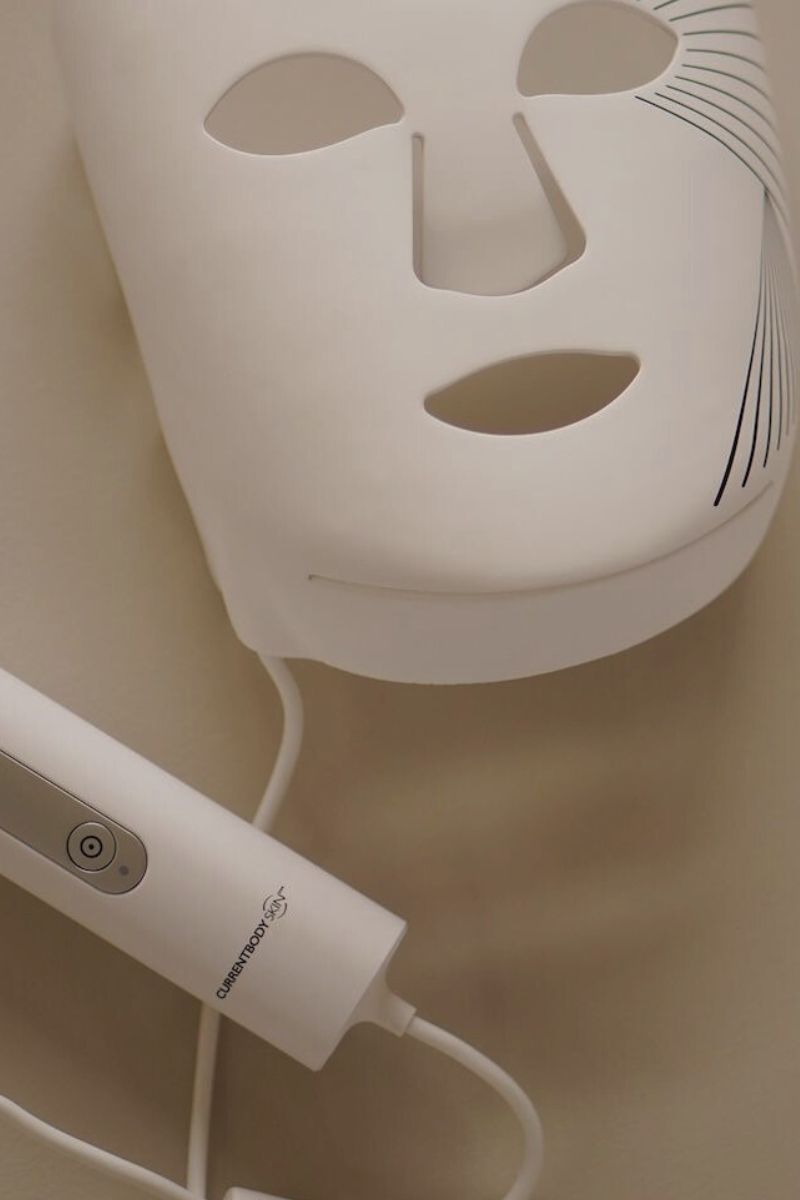

Comments +